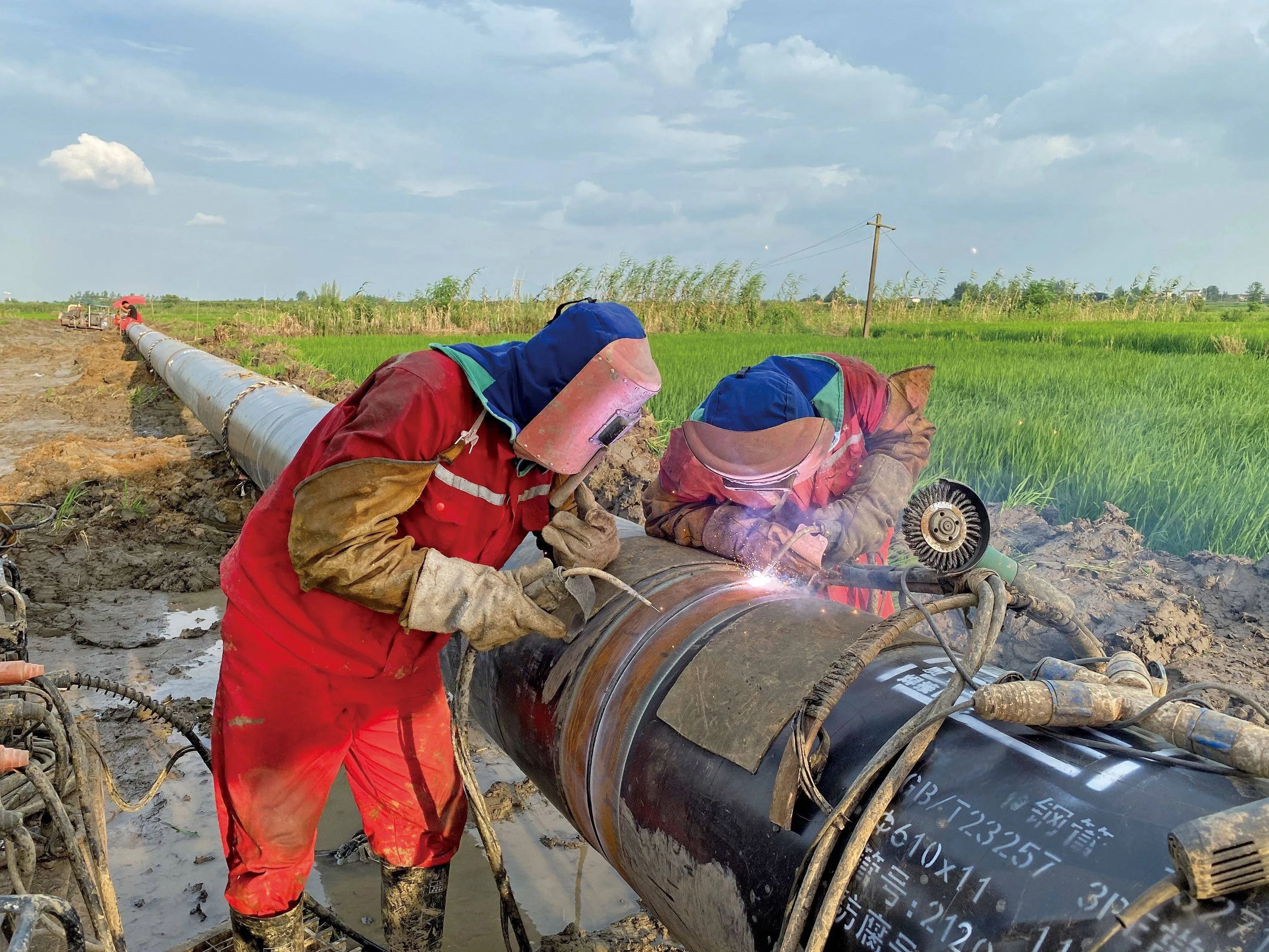 export@ezsteelpipe.com
export@ezsteelpipe.com +86 731 8870 6116
+86 731 8870 6116

China's South-to-North Water Diversion Project (SNWDP) is one of the world's largest and most ambitious water transfer projects, designed to alleviate water shortages in the northern regions by diverting water from the Yangtze River basin in the south. The project consists of three routes: Eastern, Central, and Western (the Western route is still in the planning stage).
Yes, steel pipelines have been used in certain sections of the project, particularly in the Eastern Route, where pipelines and canals are employed to transport water. However, the Central Route primarily relies on open canals and tunnels, while the Western Route (if constructed) would involve complex engineering through mountainous terrain.
Key Applications of Steel Pipelines:
- Eastern Route (Completed in 2013):
- Uses a combination of canals, pumping stations, and pipelines, including large-diameter steel pipes for pressurized sections.
- Steel pipelines help in crossing rivers, highways, and urban areas where open canals are impractical.
- Urban Water Distribution Networks:
- In northern cities like Beijing and Tianjin, steel pipelines are used to distribute diverted water efficiently.
- Pumping and Pressure Control:
- Steel pipes are preferred for high-pressure segments due to their strength and durability.
2. Project Overview
- Eastern Route: Transfers water from the Yangtze River to Shandong and Tianjin, utilizing existing canals and pipelines.
- Central Route: Starts from the Danjiangkou Reservoir (Hubei) and supplies water to Henan, Hebei, Beijing, and Tianjin (mostly via open canals).
- Western Route (Proposed): Would divert water from the Tibetan Plateau to the Yellow River (challenging due to high altitudes; may involve tunnels rather than pipelines).
3. Benefits & Challenges
- Benefits: Provides water to over 140 million people, supports agriculture and industry in dry northern regions.
- Challenges: High costs, environmental concerns (e.g., impact on southern ecosystems), and maintenance of pipelines/canals.
While the Central Route mainly uses open channels, the Eastern Route incorporates steel pipelines for critical sections. The project showcases China's engineering capabilities in addressing regional water imbalances.
 Related Products
Related Products